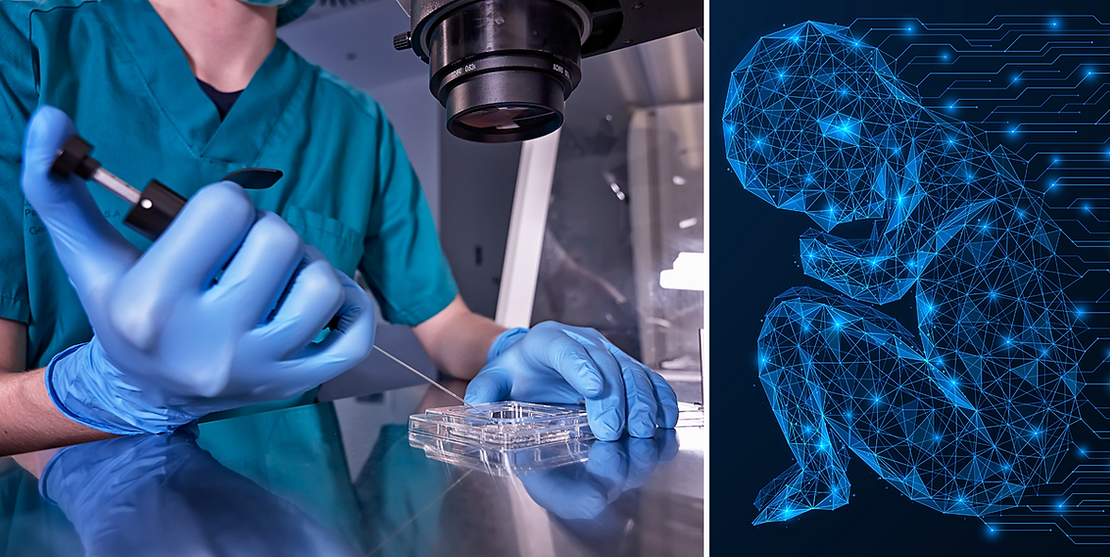By: Connie Cao
Since 1998, scientists have begun studying embryos. With more advanced technology, scientists have invented several embryo models to help understand our body’s internal and external parts. Several groups from the United States, England, Israel, and China are working to unravel the mysteries of early human development to understand the risks of embryos and how they can help us understand pregnancy.
Scientists have created models made from stem cells, not eggs and sperm. These models develop into babies.
“They’re complete enough to give you a picture of what may be happening in the embryo during pregnancy, but they’re not so complete that you could use them for reproduction,” said Insoo Hyun. “It just doesn’t work.”
Hyun further added that the latest embryos that actual human embryos are hard to see by the naked eye because they burrow into the uterus.
A Nature Paper’s authors described models resembling human embryos nine to fourteen days after fertilization. Scientists can experiment with these embryos by asking questions about the impacts of these embryos in the past. Some questions scientists may ask is What if you could screen embryos for diseases before they become babies? What if you had the power to choose the traits your baby would have? How long must you experiment embryos for?
“If we can experimentally model this period, then we can finally start asking questions about how human development happens in those very early stages that are normally hidden within the mother’s body,” said author Berna Sozen.
Sozen also envisions dangers during the experiment. He believes that these models may spread germs to those who are pregnant, such as bacterial vaginosis, chicken pox, ebola virus and hepatitis B virus.
Rules from the International Society for Stem Cell Research state that scientists can’t put any human embryos into a human or non-human uterus. Researchers must follow the “14-day rule” that shows how long the embryos can grow in labs. The 14 day rule is notable because it is at this time that the embryo will become an individual and not a twin.
McLaren argued that: “If I had to point to a stage and say ‘This is when I began being me”
Hyun says “the whole point of these models is to avoid the embryo controversy.”
Los Angles required a subscription, so I used CTV News instead:
Found the last quote at:
https://bmcmedethics.biomedcentral.com/articles/10.1186/s12910-017-0198-5











